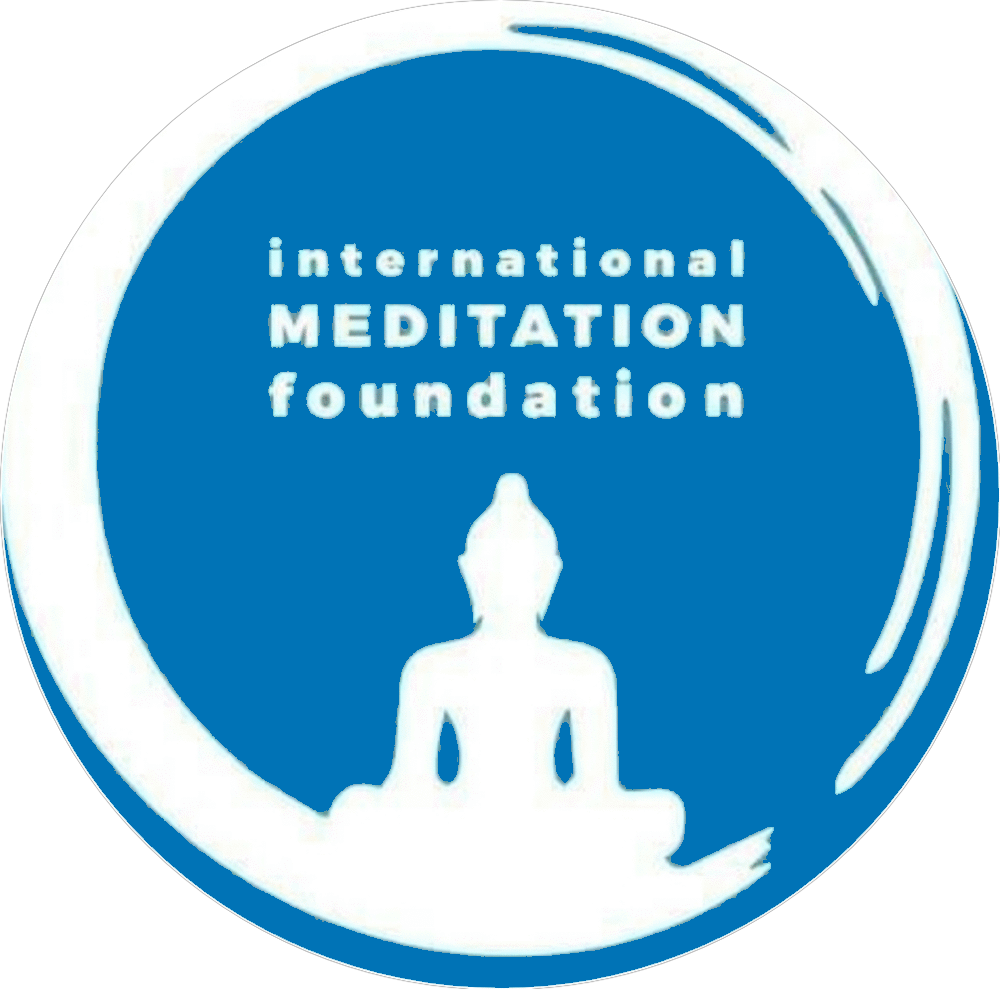Stop Exercise
(Stop Dance & Stop Exercise Meditation Technique)

The Stop Dance Meditation offers a straightforward approach to quieting the mind. This meditation technique is commonly referred to as “Gurdjieff’s stop exercise,” named after the unique Sufi spiritual master, Gurdjieff, who introduced and taught this wonderful practice to his disciples.
Gurdjieff method involved assigning various exercises to his followers, encouraging them to engage in activities such as moving, walking, dancing, shaking, jumping, laughing, or even crying – essentially allowing them the freedom to express themselves in any way they felt inclined. Suddenly, in the midst of these activities, Gurdjieff would emphatically shout, “Stop!” This served as a signal for his disciples to halt whatever they were doing, freezing themselves in that particular moment and position.
This abrupt cessation was intended to facilitate an experience of inner silence. The disciples would momentarily pause, completely immobile, gaining insight into the tranquility within. Following this profound pause, Gurdjieff would instruct them to resume their activities. The cycle would repeat – movement, expression, and then the sudden directive to “Stop” once more.
For instance, if a disciple was in the midst of raising their hands, Gurdjieff’s command to “Stop” meant they had to instantly freeze in that exact position, regardless of the circumstances. It could be with eyes and mouth open or with a leg raised for the next step in walking. The disciples became like statues, motionless until instructed otherwise. After a brief pause, Gurdjieff would permit them to continue with their activities, only to interrupt again with the command to “Stop.”
In contemporary times, a modern adaptation of this potent meditation technique to quiet the mind has emerged. This updated version preserves the essence of Gurdjieff’s teachings, offering individuals a practical method to pause, experience inner silence, and resume daily activities with a renewed sense of mindfulness.
Stop Dance Meditation
How To Do This Meditation
This Meditation can be done for small or large number of groups. You can choose different fast and energetic dance tracks.
Stage 1 (20 Minutes)
- Begin by playing some music and start dancing or moving wherever you feel comfortable. Let yourself fully immerse in the joy of dancing, and after a few minutes, abruptly pause the music. As soon as the music stops, everyone should freeze and become like statues.
- Stay in this statue-like position for the next few minutes, being aware of both your internal thoughts and external surroundings. After some time, the music will start again, signaling the resumption of the dance. This cycle of stopping and resuming will be repeated multiple times, with varying intervals between stops and durations of the music.
Stage 2 (15 Minutes)
•
Feel the rhythm and let the music guide your body. Whether it’s a lively dance or a gentle sway, let yourself be fully immersed in the joy of movement. But just as suddenly as the music started, bring it to a halt. As the music stops, let your body freeze in place, becoming a living statue.
Now, it’s time to let go of any structured movements. Slowly lower your hands and legs, releasing any tension that may have built up. Find a comfortable position and surrender to the stillness of Shavasana. Close your eyes and embrace the complete silence that surrounds you.
In this moment of tranquility, allow yourself to simply be. There’s no need to focus on anything specific. Instead, turn your attention inward and observe the sensations within your body. Relax and become a witness to your own experience.
Continue in this state of peaceful awareness for approximately 7 to 10 minutes. Let the serenity wash over you, rejuvenating your mind, body, and soul.
For a variety of meditation techniques, Click here.
Exam Questions and Answers
- What is the Stop Dance Meditation commonly known as?
a. Gurdjieff’s Jumping Exercise
b. Silent Freeze Meditation
c. Moving Stillness Practice
d. Sufi Dance Technique
Correct Answer: b. Silent Freeze Meditation
- Who introduced and taught the Stop Dance Meditation, also known as “Gurdjieff’s stop exercise”?
a. Buddha
b. Gurdjieff
c. Rumi
d. Osho
Correct Answer: b. Gurdjieff
- What activities were encouraged in Gurdjieff’s method for his followers before the sudden command to “Stop”?
a. Singing and chanting
b. Reading and writing
c. Moving, dancing, shaking, and more
d. Meditating and praying
Correct Answer: c. Moving, dancing, shaking, and more
- What is the intended purpose of the abrupt cessation in the Stop Dance Meditation?
a. Increased heart rate
b. Physical exercise
c. Inner silence experience
d. External expression
Correct Answer: c. Inner silence experience
- In the modern adaptation of the Stop Dance Meditation, what is emphasized for participants during the statue-like position?
a. External surroundings only
b. Internal thoughts only
c. Both internal thoughts and external surroundings
d. None of the above
Correct Answer: c. Both internal thoughts and external surroundings
- What is the focus of Stage 2 in the Stop Dance Meditation?
a. Rapid movement
b. Stillness and Shavasana
c. External expressions
d. Resuming activities immediately
Correct Answer: b. Stillness and Shavasana
- How long should one stay in the state of peaceful awareness during Stage 2 of the Stop Dance Meditation?
a. 5 to 7 minutes
b. 7 to 10 minutes
c. 10 to 15 minutes
d. 15 to 20 minutes
Correct Answer: b. 7 to 10 minutes
